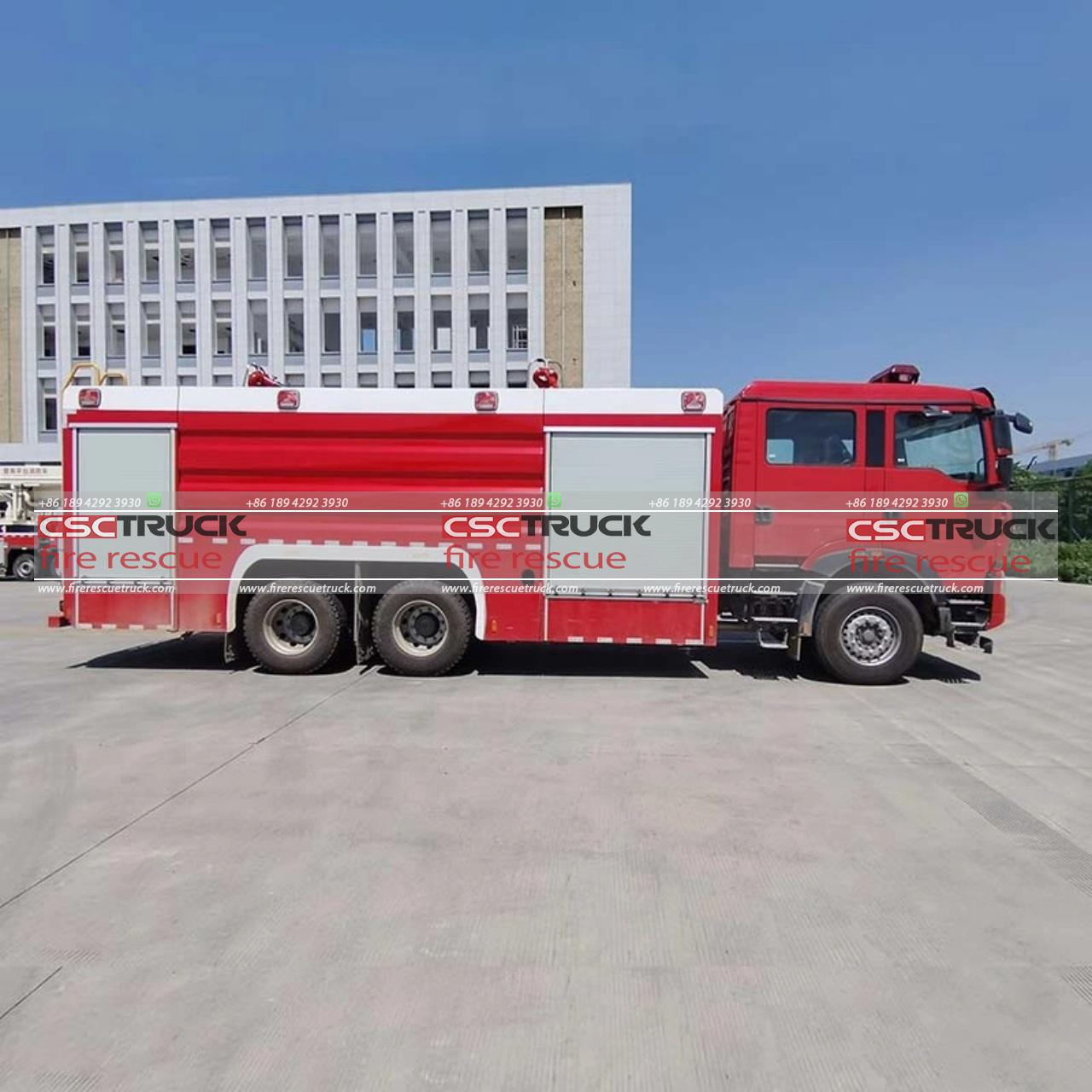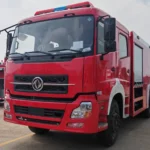What British Call a Truck?
Language can be a bridge between cultures, but it can also be a source of confusion. This is especially true when it comes to British and American English, which share the same linguistic roots but have evolved distinct vocabularies over time. One area where this divergence is particularly noticeable is in the names of vehicles. While Americans use the word “truck” to refer to large, heavy-duty vehicles used for transporting goods, the British use a completely different term: “lorry.” This article delves into why the British call a truck a lorry, the historical and linguistic origins of these terms, and the broader differences between British and American vehicle terminology.
The Origins of “Lorry” and “Truck”
To understand why the British use “lorry” instead of “truck,” it’s helpful to look at the origins of both words. The word “truck” has its roots in the Latin word *trochus*, meaning “iron hoop” or “wheel.” This evolved through Old French and Middle English to describe carts or wagons used to transport goods. By the late 19th century, as motor vehicles began to replace horse-drawn carts, “truck” became the standard American term for these heavy-duty vehicles.
On the other hand, the word “lorry” has a somewhat more obscure history. It is believed to have originated in the early 20th century and may have been derived from the English dialect word “lurry,” meaning to drag or pull. It was first used to describe large, flatbed vehicles used for hauling goods, and over time, it became the standard British term for a motorized freight vehicle.
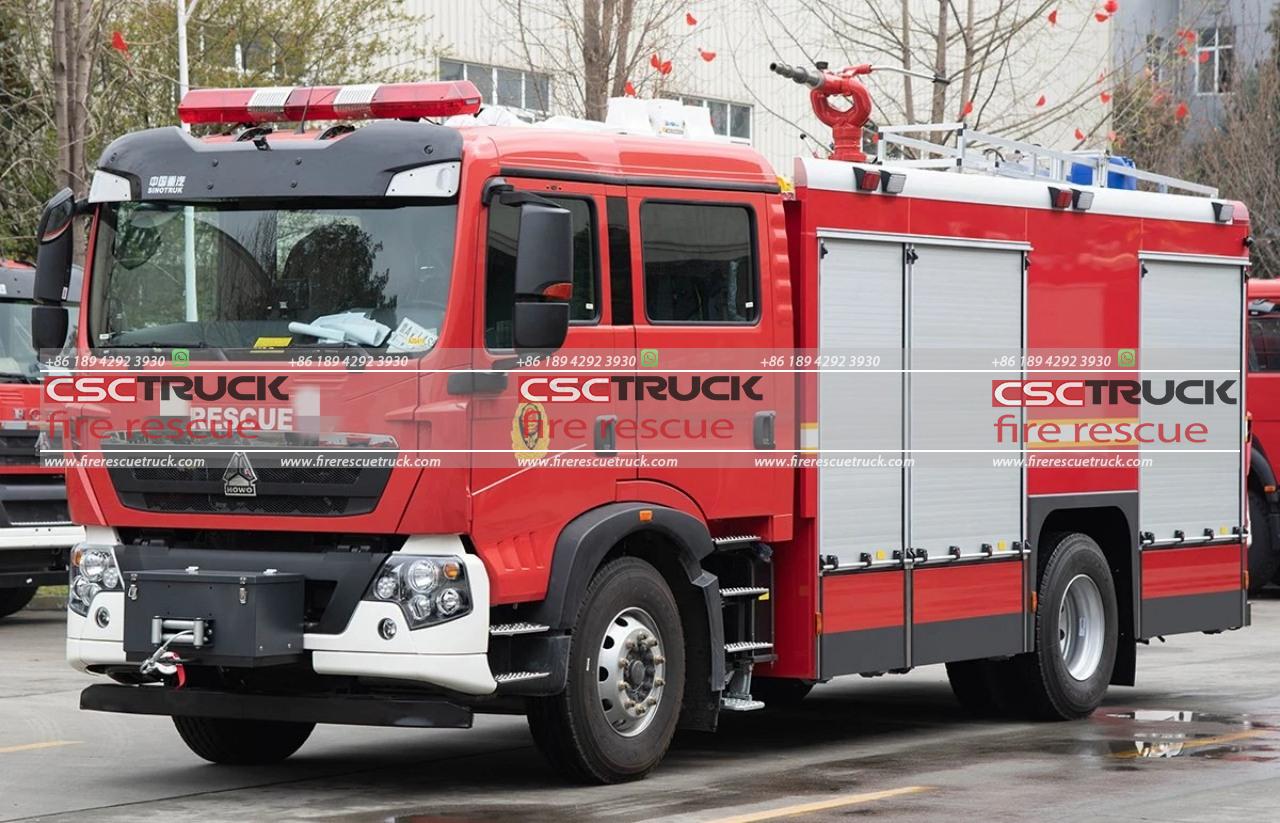
The British “Lorry” Explained
In the United Kingdom, a “lorry” is defined as a large, motorized vehicle used for transporting goods by road. Lorries come in various shapes and sizes, from small delivery vans to massive articulated vehicles (what Americans would call “semi-trucks”). Lorries are commonly used for commercial purposes, such as delivering products to supermarkets, transporting construction materials, or hauling machinery. In British road signs, you might see the word “lorry” used in phrases like “No Lorries Beyond This Point” or “Lorry Park,” which is equivalent to an American “truck stop.”
The British tend to reserve the word “truck” for specific types of vehicles, such as a “fire truck” or a “pickup truck,” but even these vehicles are sometimes referred to by other names. For example, a pickup truck might simply be called a “pickup” in casual conversation.
Lorry Classifications in the UK
The UK classifies lorries based on weight and size, and these classifications have implications for road safety regulations, driver qualifications, and environmental standards. Some of the main categories include:
1. Light Goods Vehicle (LGV): These are smaller lorries, often weighing under 3.5 tonnes, and are typically used for local deliveries.
2. Heavy Goods Vehicle (HGV): This category includes vehicles weighing over 3.5 tonnes and is used for long-haul transportation of goods. HGVs are the backbone of the British logistics industry, transporting everything from consumer goods to industrial equipment.
3. Articulated Lorries: These are equivalent to American semi-trucks, featuring a detachable trailer and tractor unit. These are commonly used for transporting large quantities of goods across long distances.
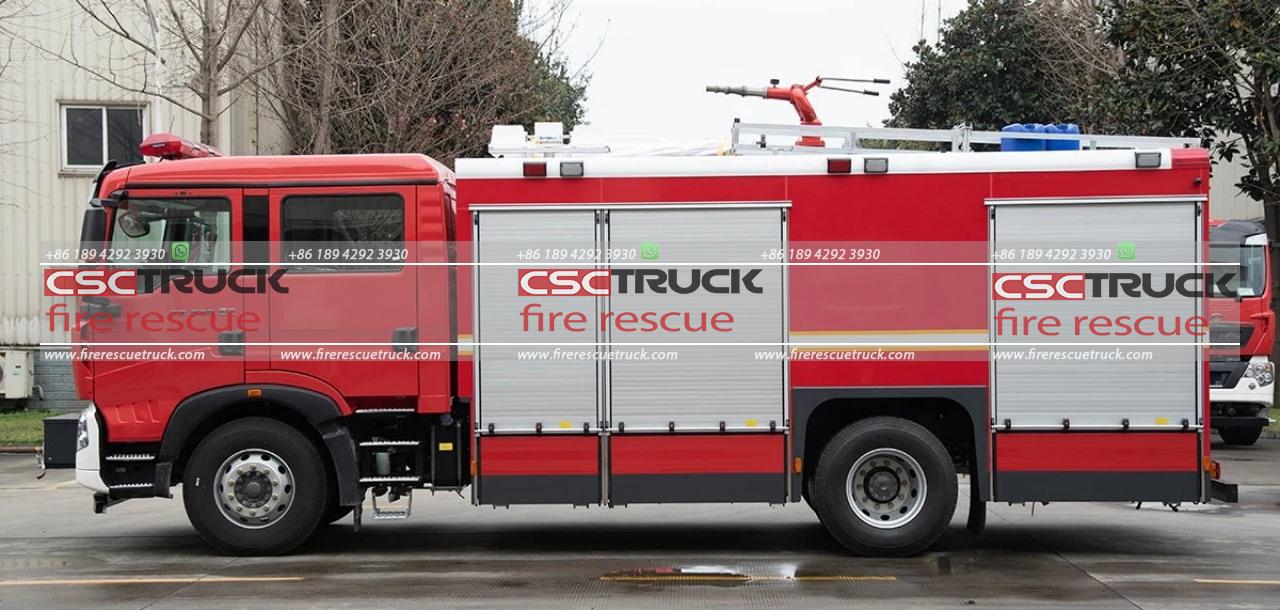
Differences Between American and British Truck Design
Beyond terminology, there are also differences in how lorries and trucks are designed in the UK and the US. One of the most noticeable differences is in the cab design. British lorries typically have what’s known as a “cab-over” design, where the driver’s cab is positioned over the engine. This design is favored in Europe and the UK because it allows for shorter vehicles that are better suited to the narrower roads and tighter turning radii commonly found in older cities and towns.
In contrast, American trucks often feature a “conventional” cab design, with the engine positioned in front of the driver. These trucks are usually longer and designed for the expansive highways of the United States. The conventional cab design is generally considered more comfortable for long-haul drivers, as it provides more space and a smoother ride.
Other Vehicle Terminology Differences Between the UK and the US
The distinction between “lorry” and “truck” is just one example of how British and American vehicle terminology differs. Here are some other key differences:
1. Car vs. Automobile: In the UK, people typically refer to their vehicles as “cars,” while in the US, “car” and “automobile” are interchangeably used. However, “automobile” is considered more formal and somewhat outdated in American English.
2. Saloon vs. Sedan: In the UK, a four-door car with a separate boot (trunk) is called a “saloon,” while Americans refer to the same type of vehicle as a “sedan.”
3. Estate vs. Station Wagon: A vehicle with an extended rear section for carrying more cargo or passengers is called an “estate” in the UK, whereas Americans use the term “station wagon.”
4. Articulated Lorry vs. Semi-Truck: As mentioned earlier, British “articulated lorries” are what Americans call “semi-trucks” or “tractor-trailers.”
5. Roundabout vs. Traffic Circle: British drivers navigate “roundabouts,” while their American counterparts might encounter “traffic circles,” though this term is less common in the US.
6. Motorway vs. Highway: In the UK, high-speed, multi-lane roads are called “motorways,” whereas Americans refer to these roads as “highways” or “interstates.”
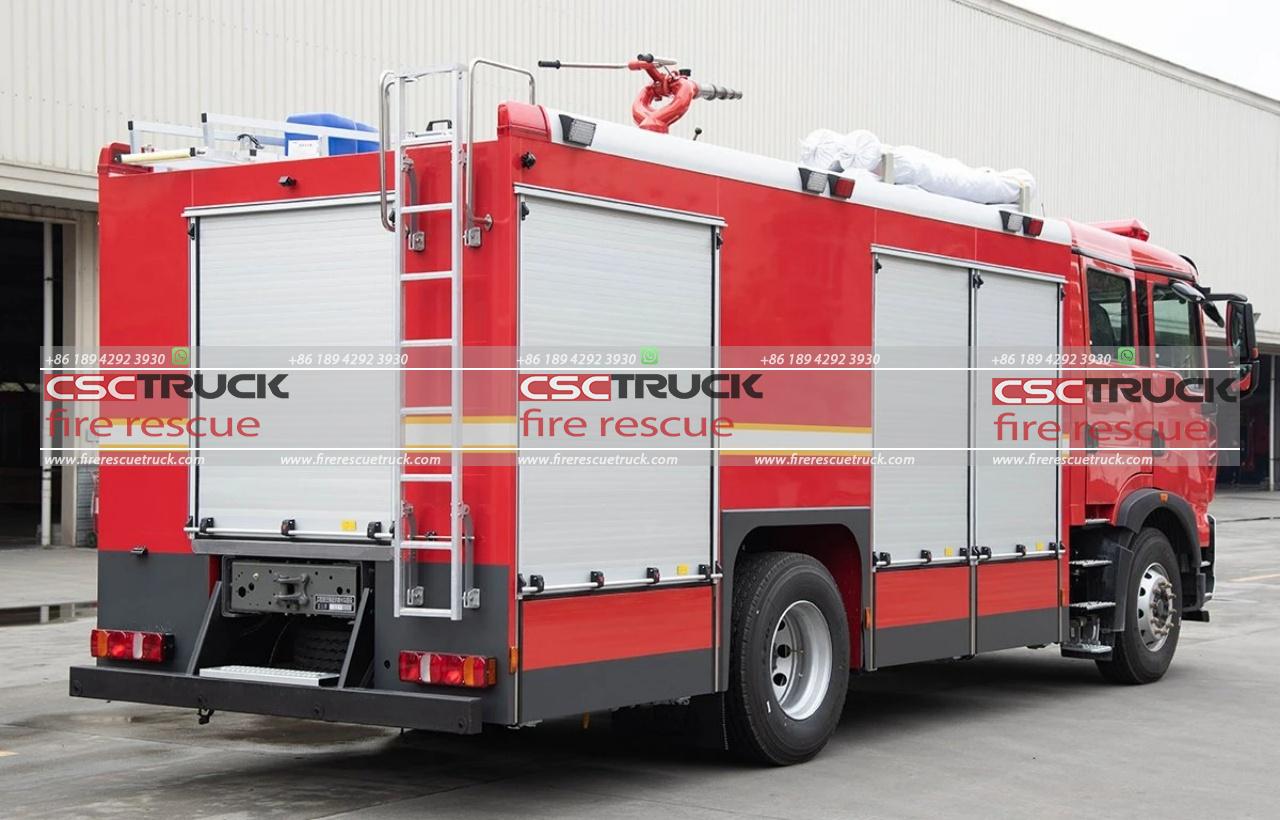
Why These Differences Matter
At first glance, these differences in terminology might seem trivial, but they can have practical implications for communication and understanding, especially in industries like logistics and transport. For example, an American truck driver working in the UK would need to familiarize themselves with British terms and road signage to navigate effectively. Misunderstandings could lead to delays, accidents, or fines for non-compliance with local regulations.
These linguistic differences also highlight the broader cultural distinctions between the UK and the US. Despite sharing a common language, the 2 countries have developed unique ways of describing their world, shaped by geography, history, and societal norms. The fact that Americans prefer “truck” while the British use “lorry” is just one small example of how language evolves in response to different needs and contexts.
Conclusion
In the end, whether you call it a truck or a lorry depends largely on where you are in the world. While the 2 terms describe essentially the same type of vehicle, they reflect the broader linguistic and cultural differences between British and American English. Understanding these differences can help bridge the gap between the 2 versions of the language, making it easier to communicate across borders.
The next time you find yourself in the UK, you’ll know that when someone talks about a “lorry,” they’re referring to what you might call a truck. And as you navigate the roads of Britain, you’ll be better equipped to understand the signs, the language, and the culture that shapes them.
